What's On This Page?
ToggleToday’s article is to help you see how timing plays a role in your therapy. If you don’t time a lab test properly, or take your medication at the right time, you could be wasting time and money.
As it pertains to medication, timing matters! The new medical term for timing your meds is “chronotherapy.” Many clinicians are studying it now to ensure that drug therapy is optimally timed.
Circadian Rhythms Dictate Chronotherapy
We all have a natural cycle. That’s why we all go to sleep at night, and wake up in the day, unless of course you are a night-shift worker. This is a natural pattern for humans. This is important when it comes to taking medications, and most people take something. (For nocturnal animals like moths, bats or owls, the circadian pattern is exactly opposite.)
Almost every adult in the United States takes medication, whether over-the-counter or prescription, the popularity of pharmaceuticals is staggering. If you have a chronic illness and require daily medication therapy, do you know the best time to take it? It matters because if you take it at the wrong time of day, it will not provide as much benefit as it should.
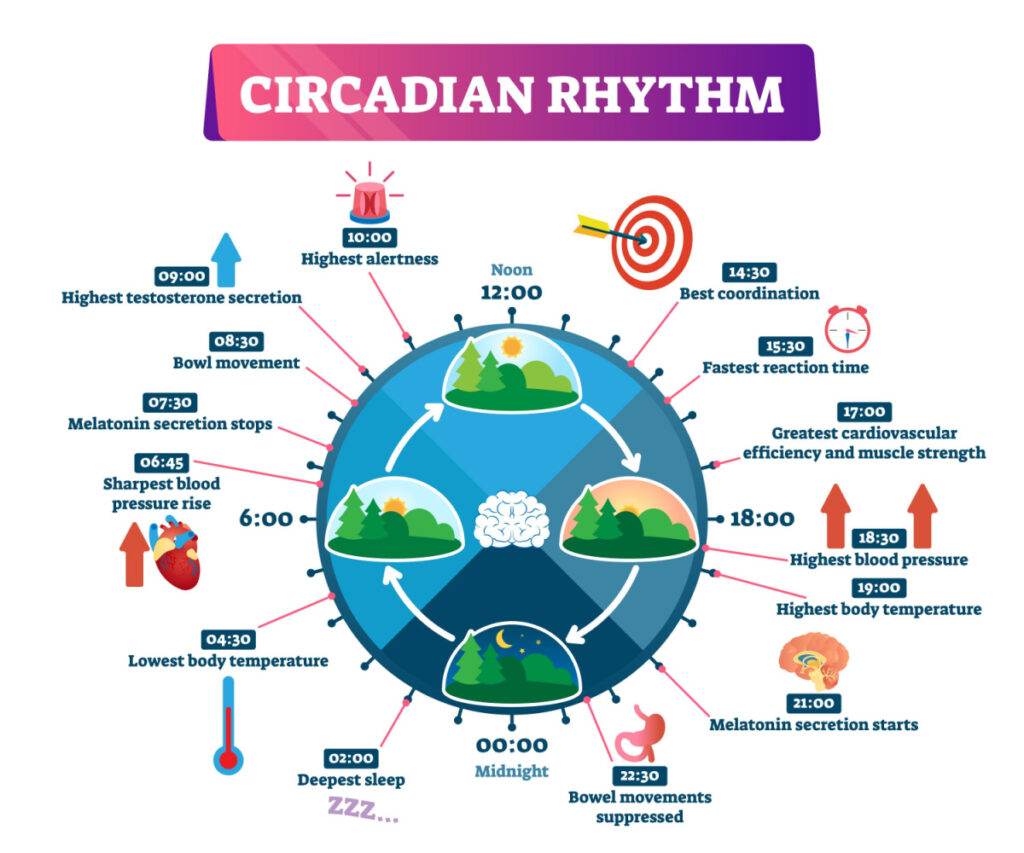
Today’s article will list the benefits of taking common meds at the right time so you can get the most out of them. Before I list popular categories, let’s back up and talk about the circadian rhythm. This is a complex coordination between physical, behavioral and mental changes in the body. The circadian phenomenon is important because it’s based on a 24-hour pattern, and medications can be timed around it.
Circadian rhythms influence many things, including chronotherapy. For example, with vision, intraocular pressure is highest during the early morning hours when you sleep, and lowest in the afternoon so taking those eye drops at night cover you better!
Have you taken an allergy ‘scratch’ test for food or pollen, or cat fur, or anything? The intradermal antigen (skin) tests are 2 or 3 times more reactive in the evening than early morning. I would take these types of lab tests in the morning, otherwise you could mistakenly be told you are “allergic” to everything under the sun. With COPD or asthma, airways are more open usually in the afternoon as compared to overnight.
So in keeping with chronotherapy, you may wonder when to take your medications in order for them to work optimally.
1. Chronotherapy of Blood pressure medications
It is well known that some people experience a morning blood pressure surge. This phenomenon increases the risk of heart attack in the early hours after waking.
Circadian rhythms, as you see, cause dramatic fluctuations in the body, and so knowing when to time your medication will benefit your symptoms greatly.
As it pertains to medication, timing of antihypertensives matter!
For this reason, blood pressure pills are best taken at nighttime, before bed. It helps reduce a morning blood pressure surge. Here are more specific details about this medication category.
ACE Inhibitors
Examples: Enalapril, captopril, benazepril, etc
The regulation of blood pressure is tricky, but this class of medications is best administered at bedtime, rather than upon awakening. This very effectively reduces abnormally elevated blood pressures during sleep, an early morning surge, and additionally, it helps you avoid some side effects like orthostasis. If you look at my graphic, you can see exactly where in the pathway ACE inhibitors block the ACE enzyme and temporarily reduce pressure.
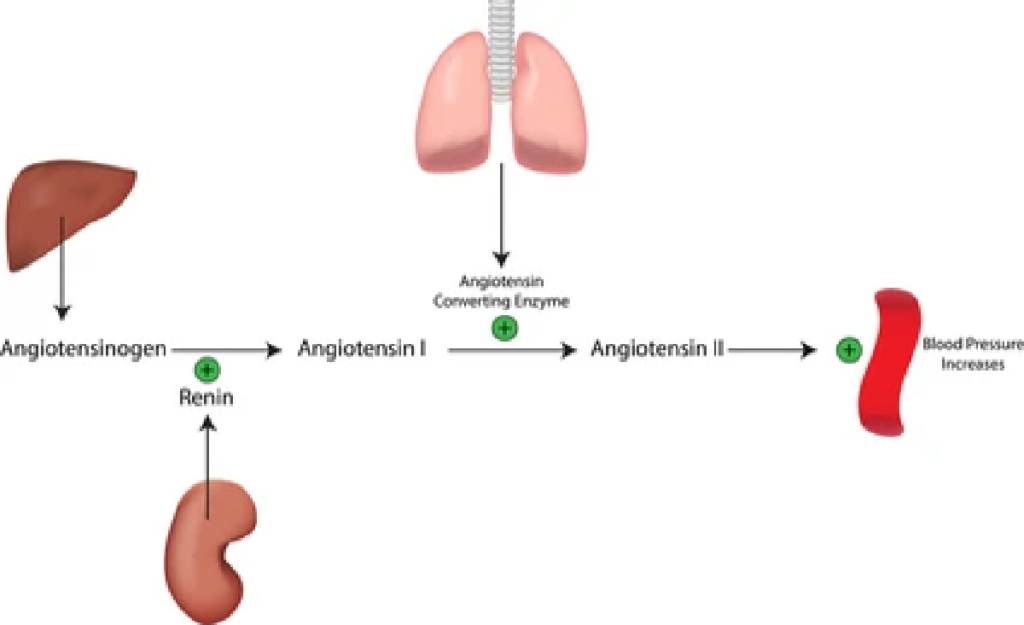 ARB (Angiotensin receptor blockers )
ARB (Angiotensin receptor blockers )
Examples: Candesartan, valsartan, losartan, etc
Take these at bedtime, they are similar to ACE Inhibitors. Everything I stated above applies here.
Calcium Channel Blockers
Examples: Amlodipine, diltiazem, nifedipine, etc)
These are also more effective when taken at bedtime than morning. By the way did you know prunes are helpful for blood pressure? If not, READ THIS.
2. Asthma Medications
Examples: Albuterol, theophylline, montelukast, etc
An asthma can be very frightening and life-threatening! People often report experiencing night-time symptoms that worsen. These may include shortness of breath, chest tightness, coughing and anxiety. It may lead to insomnia and as you might have guessed, your lung function shows a circadian pattern with most difficulties occurring in the early morning hours.
For this reason, you see most medications for asthma given at bedtime, so that the body can process the medication and get it to the tissues that need it at the right time. If you’d like to read another article on this topic: Breathe Easier with These Asthma Products.
Albuterol is an inhaler that millions of people take around the world. This drug works very quickly to open airway passages. If it is prescribed as “once daily” then the best time to take it is in the evening. Of course, it can be taken more often during the day, and is usually prescribed as a rescue medication for whenever you feel symptoms. It can stimulate the body, and raise blood pressure to some degree, but it has saved many lives and works within a few minutes.
Singulair® (generic name is montelukast)
This is another asthma medication, that is also used to treat allergic rhinitis and more recently, it’s popped up on the scene as a potential treatment for DPH (daily persistent headaches). But its usefulness is still under investigation and not all neurologists are on board with it.
If you have headaches, I suggest you read my awesome book, “Headache Free.” I offer dozens of options to treat headaches and find your ‘migrenade.’ You may also be interested in this article I wrote, Painful Intracranial Hypertension Headaches are Sometimes Misdiagnosed.
Regardless of its use for DPH, montelukast is a popular, and highly effective medication used to treat rhinitis, severe allergies and prevent asthma attacks. It is an anti-inflammatory drug that blocks the cytokines called “leukotrienes.” Because asthma attacks sometimes flareup in the wee hours around 3am or 4am, it’s best to take this medication in the evening before bedtime.
Theophylline is a medication used in asthma that is fairly stimulating. It is in the same category as caffeine, so many people will take this medication in sustained-release form. If you take it once daily, then take it in the morning. If your prescription says to take it twice daily, then do so 12 hours apart.
The timing of theophylline is important when it comes to controlling bronchospasms, but the timing of your blood levels are equally important! Patients don’t realize that if the sustained release theophylline is given twice a day, then do the blood draw about 4 hours after your morning pill. If you take theophylline once daily, then your blood should be drawn about 10 – 12 hours after you take. Timing matters because your dosage based in part, on your blood levels.
3. Cholesterol and Chronotherapy
Examples: Statins like atorvastatin, simvastatin, etc and Cholestyramine
When we fall asleep, we start to synthesize cholesterol. You think the body is resting, but in actuality its churning out almost 40% of your total daily cholesterol production! So you can already guess that taking a statin with a short half-life with dinner is probably ideal. The same timing applies to dietary supplements.
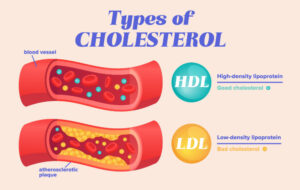 Just to address a myth, statins do not unclog arteries or vacuum cholesterol out of your arteries, they simply control production and the amount you make. I think a lot of people think they work by sweeping it out of the body, but again, that’s not the case.
Just to address a myth, statins do not unclog arteries or vacuum cholesterol out of your arteries, they simply control production and the amount you make. I think a lot of people think they work by sweeping it out of the body, but again, that’s not the case.
When you have a longer-acting statin with a longer half-life such as atorvastatin, pravastatin, rosuvastatin, and others), the timing doesn’t matter quite as much. The dosing strategy of these is to just get you to take them once per day, anytime you want. You can take them without regard to meals.
Cholestyramine
This medication is usually dosed once daily at first, because it can cause abdominal distress and constipation. Some people use it for cholesterol, but it has other off-label uses like for chronic itching, and cytokine ‘clean up’ if you’ve been exposed to a biotoxin like black mold.
The dose of cholestyramine varies depending on what it is prescribed for. So it will be different for different people. For that reason, please follow your doctor’s instructions, versus what you read on the Internet or PPI (patient package insert).
Do not take this medication its dry form, it must be mixed with a liquid before swallowing. You can take it right before a meal, like 15 minutes prior to eating.
4. GERD and Acid Reflux Medications
Examples: Famotidine, Esomeprazole, Tums® or other antacids
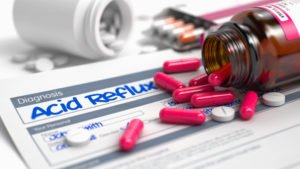
Medications that block acid production are not really intended for forever use. They are best utilized for a short-term, like if you poured Tabasco® sauce on your burrito instead of Cholula® and the whole mess revisits you at 2am.
Unfortunately, people do use these day after day, sometimes for years at a time. Timing matters with heartburn medications, even though we all know you should take them immediately with your pain.
However, some of the medications in the large umbrella category of “acid blockers” are taken daily for long-term, chronic conditions. The indications for those conditions include Barrett esophagus, a chronic ulcer, Zollinger-Ellison, esophagitis, prevention of ulcers due to daily consumption of NSAIDs, or silent reflux. That last one is known medically as “silent reflux” and singers are associated with higher risks.
I know that because my husband has a beautiful voice, and sings a lot, and sometimes this gets him! If you want to hear a song, CLICK HERE.
Anyway, the timing of acid blockers is important. If it’s taken chronically, and once daily, I’d suggest it be taken at bedtime. Take it 30 – 60 minutes before you want to sleep.
5. Arthritic Pain Medications
Example: Analgesics, Non-steroidal anti-inflammatory drugs (NSAIDs), and Methotrexate
People with the autoimmune condition rheumatoid arthritis sometimes hurt more upon awakening than they do at bedtime. For this reason, NSAIDs and other analgesics or opiates would be optimally timed to be taken before bedtime, preferably with a snack.
Methotrexate, used for rheumatoid, is taken once a week at nighttime due to the profound fatigue that typically ensues. It’s taken with food. So a good time for this drug is to take it at dinner once weekly. If your physician suggests something else, then please follow your personal instructions. My purpose today is to educate you, and arm you with some information about timing of meds, not to personally advise so again, follow doc’s orders.
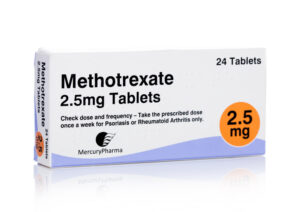 ⚠️CAUTION: If you seek to become pregnant or breast-feeding, methotrexate must be stopped at least 3 months before conceiving.
⚠️CAUTION: If you seek to become pregnant or breast-feeding, methotrexate must be stopped at least 3 months before conceiving.
Contrast rheumatoid arthritis with osteoarthritis. The latter can occur with wear-and-tear of the joints. The pain is sometimes worse at bedtime, and causes insomnia. For this reason, NSAIDs may be timed to help avoid that, and so they’d be taken in the daytime, around lunchtime for example.
6. Chronotherapy and Antidepressants
Timing on these medications should be based upon tolerance and side effects. The individual response varies greatly, and therefore if a trial-and-error run of sertraline proves that it causes sedation and drowsiness then you should take your dosage at bedtime. Contrarily, if you are wired and wide-eyed after taking the medication, then take it during the day. Find out what works better than antidepressants HERE.
7. Thyroid Medications
Examples: Levoxyl, Synthroid, Tirosint, Armour Thyroid, etc
Medications and supplements for thyroid health are almost always taken in the daytime.All thyroid medications including the NDT (Natural desiccated thyroid) drugs should be taken upon arising, which matches your circadian rhythm. The thyroid gland is the gland that turns on your ability to burn fat, so you want that working efficiently while you’re eating during the day.
Some supplements for thyroid health, such as ashwagandha are good at supporting thyroid health, but also used as anxiety herbs because they can cause drowsiness. So if you take this herb, or a supplement that contains it, you may consider taking that at bedtime to help you rest. It is still nourishing the thyroid gland, and the adrenal glands, but you’re taking advantage of the side effect of drowsiness, to help induce more restful sleep.
Iodine-containing supplements would be taken in the morning because the thyroid hormone contains iodine, and therefore it’s a building block of thyroid hormone. You might like The Truth About Shellfish Allergies and Iodine Deficiency.
In summary
chronotherapy (or timing of medication) matters greatly because it allows you, the patient, to get the most out of your medication. As a pharmacist for over 30 years, counseling people on the best time to take certain medications (to achieve maximal effects and reduce adverse events) comes pretty naturally.
Chronotherapy can be a valuable strategy that you can employ today if you happen to be taking any medications or alternative supplements that work in the same manner (or on the same metabolic pathway) as medications.

Suzy Cohen, has been a licensed pharmacist for over 30 years and believes the best approach to chronic illness is a combination of natural medicine and conventional. She founded her own dietary supplement company specializing in custom-formulas, some of which have patents. With a special focus on functional medicine, thyroid health and drug nutrient depletion, Suzy is the author of several related books including Thyroid Healthy, Drug Muggers, Diabetes Without Drugs, and a nationally syndicated column.


